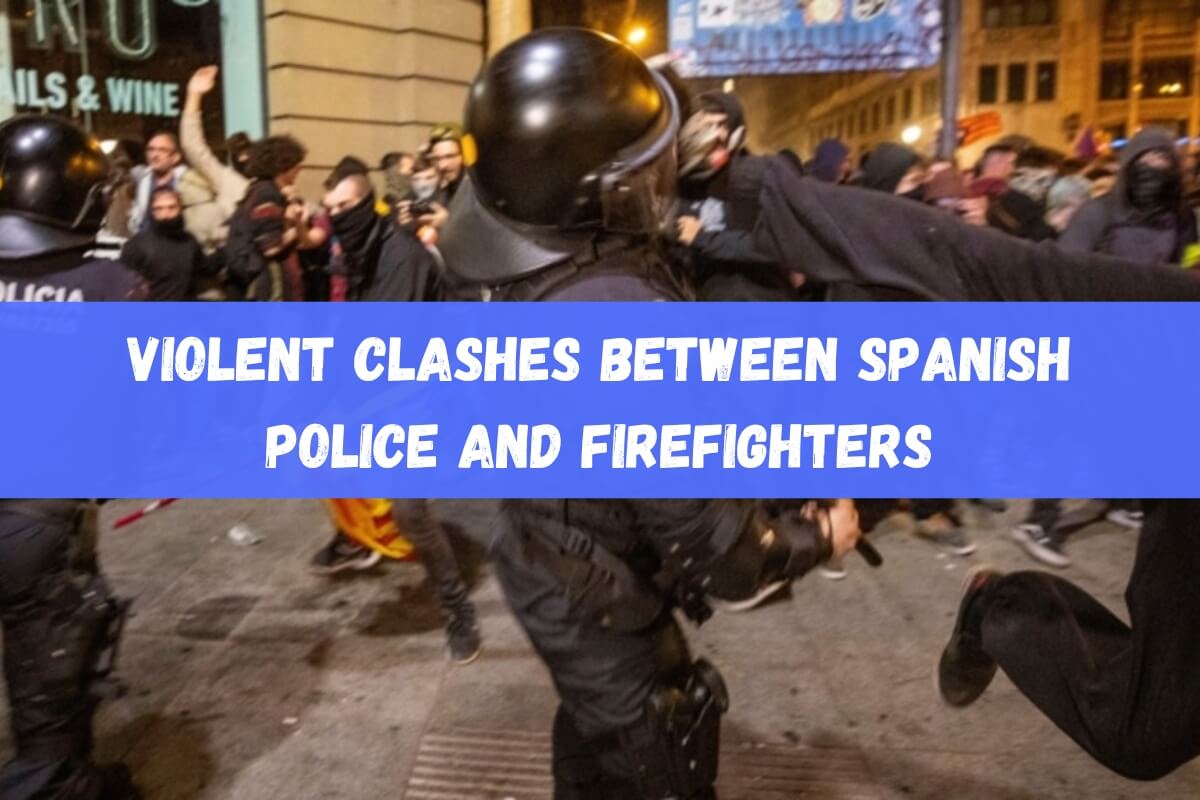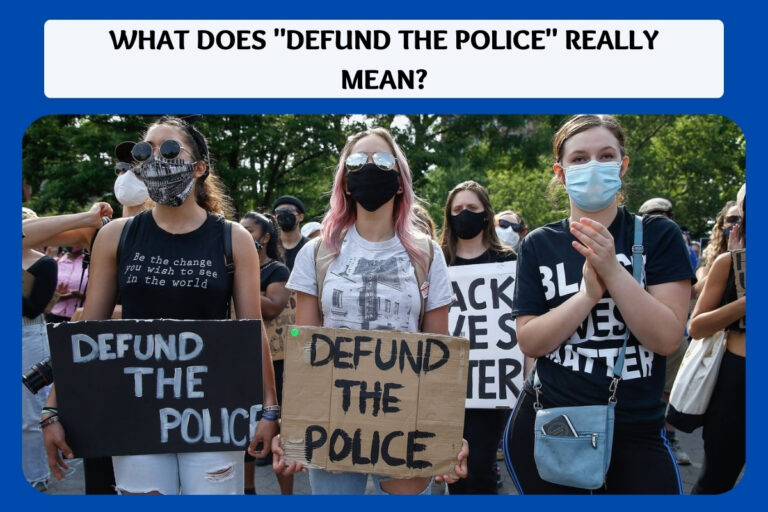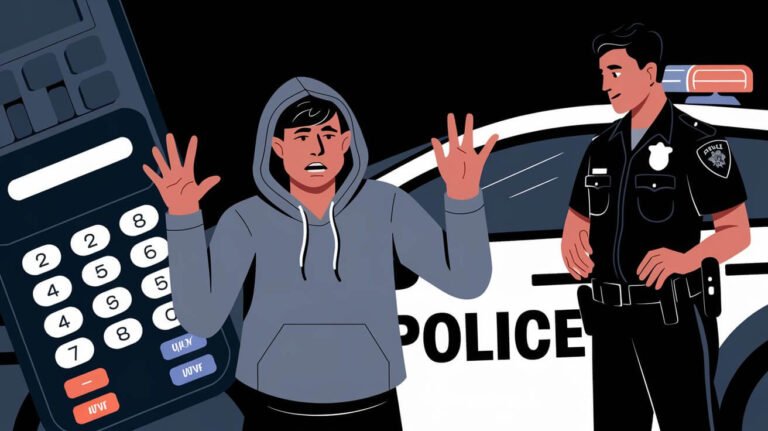Violent Clashes Between Spanish Police and Firefighters: An In-Depth Look

In recent years, Spain has witnessed a series of high-profile and violent confrontations between law enforcement agencies and firefighters. These clashes have not only garnered international attention but have also raised crucial questions about the use of force, handling of protests, and the underlying sociopolitical tensions. What led to these violent altercations between Spanish police and firefighters, and what are the broader implications?
In essence, these clashes were rooted in complex issues surrounding civil rights, protest policing, labor disputes, and long-standing cultural and political divisions within Spain. While some incidents involved firefighters defending voters during the controversial Catalan independence referendum, others stemmed from firefighters’ strikes over poor working conditions.
This blog post delves into the “Spain police vs firefighters” conflicts, examining the key events, causes, underlying tensions, and the legal and political ramifications. We’ll explore the viral videos that sparked outrage, the demands of the striking firefighters, the accusations traded between the involved parties, and the calls for reform in protest policing tactics and crowd control measures.
The 2017 Catalan Independence Referendum Clashes
The clashes between Spanish police and firefighters first gained international attention during the 2017 Catalan independence referendum. This controversial vote, deemed illegal by the central government in Madrid, aimed to determine whether the autonomous region of Catalonia should secede from Spain.
As voters flocked to polling stations across Catalonia, Spanish riot police were dispatched to disrupt the referendum process. In several viral videos, firefighters were seen forming human shields to protect voters from the aggressive tactics employed by the police forces.
One particularly striking footage from Sant Julia de Ramis, near the city of Girona, showed police officers using batons to beat firefighters who had linked arms to create a protective barrier around voters. The images of uniformed firefighters being struck by riot gear-clad officers sparked outrage and condemnation from international human rights groups and foreign governments.
According to official reports, over 761 people, including dozens of police officers, sustained injuries during the violent altercations that marred the referendum day. The Catalan government accused Spanish authorities of using excessive force against peaceful civilian protesters and voters.
Firefighters’ Symbolic Support for Catalan Independence
Before the referendum, Catalan firefighters had already demonstrated their symbolic support for the independence movement. Days before the vote, hundreds of firefighters gathered along the roof of Catalonia’s history museum, unfurling a banner that read “Love Democracy.”
Their actions were widely perceived as a stance of solidarity with the pro-independence voters and a commitment to protecting civilians from potential police brutality. The firefighters were praised by many as guardians of democracy, willing to put their bodies on the line to safeguard the democratic process, regardless of the legality of the referendum itself.
The 2023 Firefighters’ Strike and Clashes in Galicia
Fast-forward to October 2023, and another violent confrontation between Spanish police and firefighters unfolded, this time in the city of Ourense, located in the northwestern region of Galicia.
For several months, firefighters across Galicia had been engaged in a strike action, demanding better pay, improved working conditions, and the establishment of a national legal framework to regulate their profession more effectively.
On October 23rd, around 200 striking firefighters attempted to access the Provincial Council building in Ourense as part of their ongoing protests. However, they were met with a cordon of riot police officers who sought to prevent them from entering the premises.
What followed was a shocking display of escalating violence captured on camera. Firefighters were seen hurling smoke grenades, flares, and even improvised flamethrower-like devices at the police lines, while officers responded with batons, resulting in injuries on both sides.
The Controversial Use of Flamethrower-like Devices
Perhaps the most controversial aspect of the Ourense clashes was the use of what appeared to be flamethrowers by the protesting firefighters. Footage circulating on social media showed plumes of flames erupting over the crowd, aimed at the riot police officers attempting to push back the protesters.
The sight of firefighters – professionals trained in fire safety and prevention – wielding such dangerous devices sparked widespread shock and outrage. Police unions condemned the actions, expressing disbelief that individuals knowledgeable about the severe consequences of burn injuries would resort to using fire as a weapon.
The firefighters’ union defended their actions, citing poor working conditions and stalled negotiations as reasons for intensifying their protest tactics. The debate continued on the appropriateness and legality of such measures in public demonstrations.
Historical Tensions and Underlying Causes
To fully comprehend the violent clashes between Spanish police and firefighters, it is crucial to understand the historical context and underlying tensions that have simmered for decades.
In the case of the Catalan independence movement, the confrontations during the 2017 referendum were a manifestation of long-standing cultural and political divisions between the autonomous region of Catalonia and the central government in Madrid.
Catalonia, with its distinct language, traditions, and history, has long harbored aspirations for greater autonomy or outright secession from Spain. The independence referendum, while deemed unconstitutional by Spanish authorities, was a culmination of these separatist sentiments and a desire for self-determination.
On the other hand, the firefighters’ strikes and protests over working conditions highlight the frustrations within the emergency services sector regarding a perceived lack of adequate national regulation and fair treatment. Firefighters across Spain have voiced concerns about disparities in pay, safety protocols, and overall support from authorities, leading them to take industrial action in pursuit of reforms.
Legal and Political Implications
The violent clashes between Spanish police and firefighters have had far-reaching legal and political implications, sparking debates, investigations, and calls for reform.
In the aftermath of the 2017 Catalan referendum incidents, numerous investigations were launched into the alleged excessive use of force by Spanish police. Several high-ranking Catalan leaders were charged with offenses related to the organization of the illegal referendum, further inflaming tensions between the region and the central government.
The 2023 clashes in Ourense also prompted calls for accountability and potential charges related to the possession and use of improvised flamethrower devices by the protesting firefighters.
Beyond legal ramifications, these events have reignited discussions around the right to protest, the limits of civil disobedience, and the need for reform in protest policing tactics and crowd control measures. Civil rights groups have advocated for a more restrained and proportional approach to managing demonstrations, emphasizing de-escalation and dialogue over confrontation.
The firefighters’ labor disputes have pressured Spanish authorities to address their long-standing demands for better working conditions, equal pay, and a national legal framework for emergency services.
Frequently Asked Questions
Why did the clashes between police and firefighters occur?
The 2017 clashes were a result of the police crackdown on the Catalan independence referendum, which was deemed illegal by the Spanish government. Firefighters formed human shields to protect voters from the aggressive tactics employed by riot police.
The 2023 clashes in Ourense stemmed from a months-long firefighters’ strike over demands for better pay, safer working conditions, and a national legal framework regulating their profession.
Did firefighters use actual flamethrowers against police?
While the exact nature and legality of the devices used are unclear, videos from the Ourense clashes show firefighters using makeshift flamethrower-like devices that spewed flames toward the police lines.
What were the main demands of the striking firefighters?
The striking firefighters in Galicia were demanding better pay, improved working conditions, and the establishment of a national legal framework to regulate their profession more effectively and ensure parity across different regions.
Were there any serious injuries or arrests made?
Multiple injuries were reported on both sides during the clashes, including a firefighter who sustained a broken nose after being struck by police officers. At least one arrest was made in connection with the possession of the flamethrower-like device used during the Ourense protests.
What was the international reaction to these events?
The 2017 incidents during the Catalan independence referendum were widely condemned by foreign governments, international human rights groups, and organizations, who criticized the excessive use of force by Spanish authorities against civilian protesters and voters.
The 2023 events in Ourense raised concerns over the escalating violence during public protests and the potential for further clashes if the underlying labor disputes are not adequately addressed.






